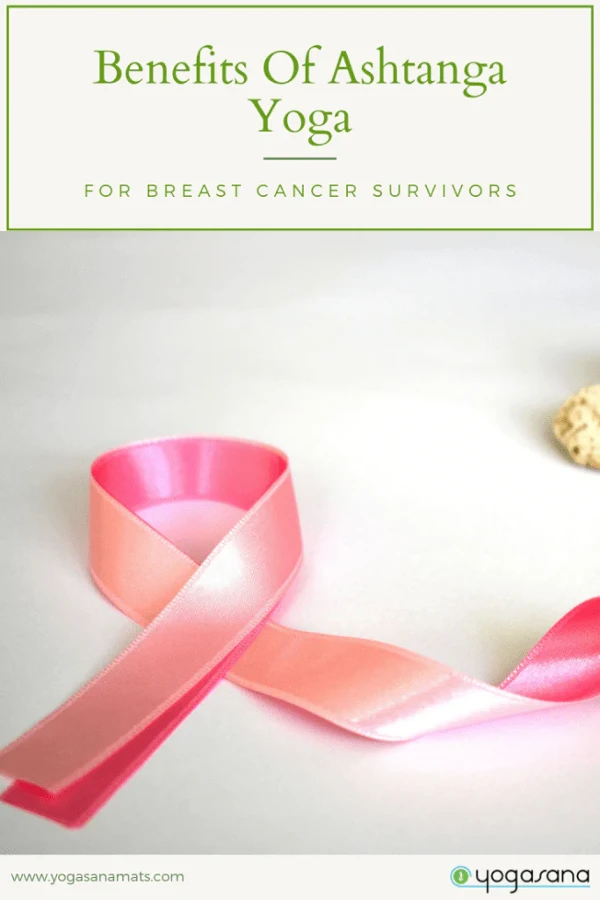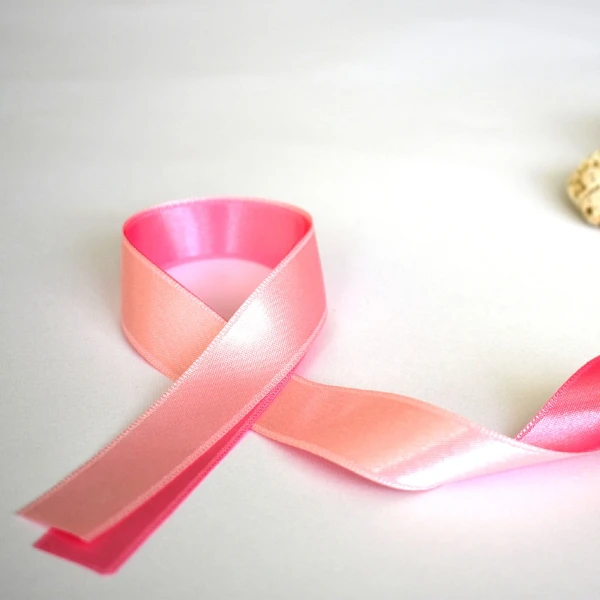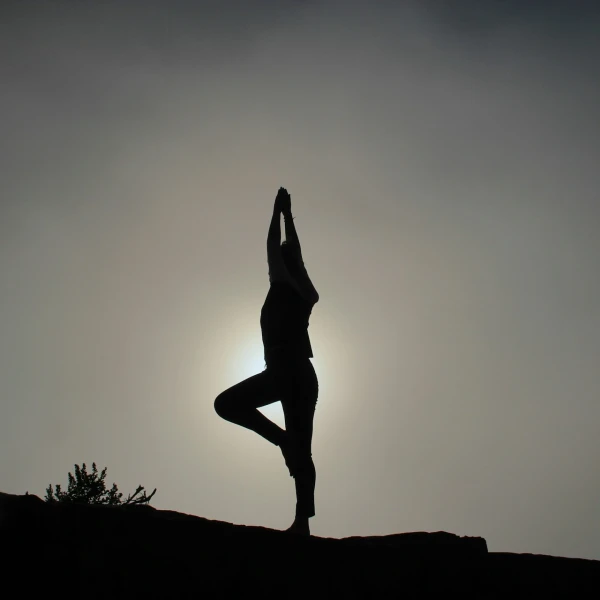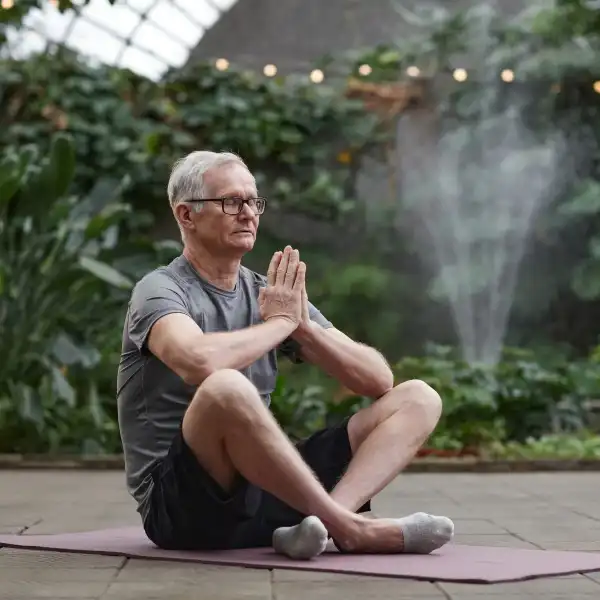Yoga, with its many forms, is a discipline that involves the physical, mental, and spiritual aspects of a person. There’s a huge amount of variations, schools, and belief systems that recognize yoga as an important part of their practice regardless of their goals and what they want to achieve. There are mountains of studies, big and small, that have made a great impact in helping society understand its holistic benefits to the body, mind, and soul.
Yoga is an ancient practice which began in India around since 3000 BC as a way of finding harmony with the mind and soul as a means to reach enlightenment. Yoga was originally a divine spiritual practice that creates a sense of awareness towards nature and the universe by training the body and mind. As time went on, it has branched into many different practices and belief systems. As soon as it hit the Western world, yoga became more of a physical exercise routine to discipline the body.
In late 2016, three professors from the University of Windsor teamed up to find the advantages of Ashtanga yoga to breast cancer survivors not only to help them heal and improve their body, but also to mend and strengthen their mind and soul.
Professors Josée Jarry, Kendall Sousie, and Cheri McGowan spearheaded a two-year research to figure out if Ashtanga yoga can truly benefit those who won the battle against breast cancer. Their team was awarded $70,000 from Seeds4Hope, which is a grant given by the Windsor Cancer Centre Foundation who financed the research.
What is Ashtanga Yoga?
Ashtanga Yoga was developed by S. K. Patthabhi Jois in the beginning of the 20th century. It was designed as a means of enhancing personal growth by practicing a series of poses which are done in an order of increasing difficulty.
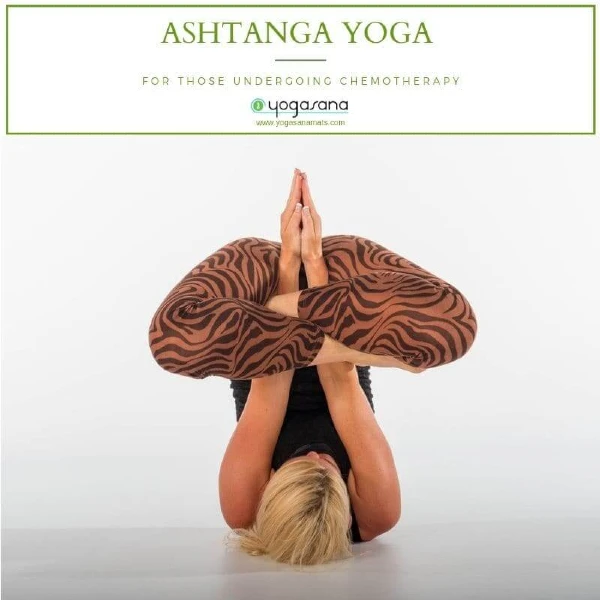
For someone who is doing yoga for the first time, they will find themselves starting with the easiest pose. In class, a yogi will be guided by an instructor and help modify their poses until they have mastered it. After that, they will move on to a slightly harder pose. The teacher will guide, correct, or modify until the student is able to pick up the proper pose before moving on to the more advanced poses. One by one, the student learns to move their body, hold the pose, and breathe correctly and simultaneously.
Ashtanga yoga is traditionally taught in a Mysore style where students need to practice and perfect a pose before moving on to a more difficult one. Teachers will instruct students on a one-on-one basis until they are able to practice independently.
Ashtanga yoga has six series with a set order of poses. Every series starts with a Surya Namaskara, or sun salutation, followed by a standing sequence and ends with a finishing sequence where one is down on the floor. All of this is done in a slow manner while holding five counts of breaths, allowing one to become more focused and mindful in their movement. It is a sequence of physical movements flowing from one pose to another. As the body moves, it creates internal heat intended to purify the body and release impurities through sweating.
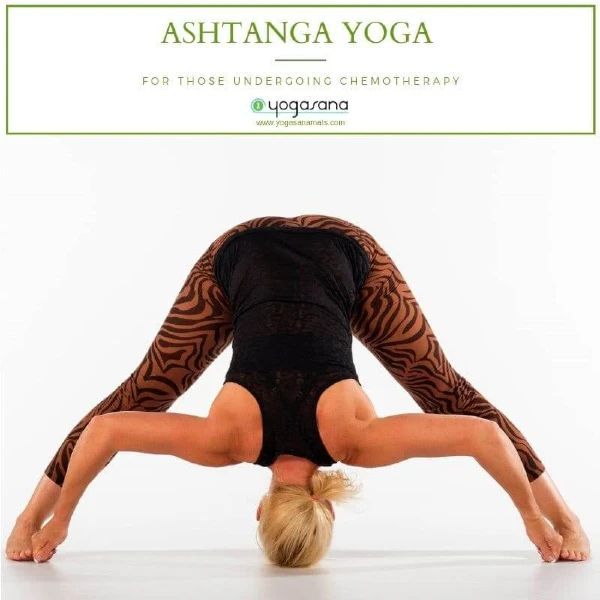
Even though Ashtanga yoga is a practice demanding great physical activity, it is still considered as a form of meditation because internal focus is necessary in order to build up skills that can be used beyond the class. Practitioners can gain a great deal of patience. It allows them to become more concentrated in what they do and in doing so, they feel a great sense of calm within them.
An Interdisciplinary Study
The two-pronged study is aimed to scrutinize how Ashtanga yoga can benefit a person who has overcome breast cancer both in a physical and psychological point of view. The professors Jarry and Soucie are experts in the field of Psychology while Doctor McGowan excels in Kinesiology, creating a solid team that is furthering the studies and finding proof of what yoga can do to the body and mind.
Measurements through focus group discussions are conducted by the researchers where they periodically check-in with the participants to see if their mental well-being has improved. They collaborate with these people and explore if there are positive changes in their self-esteem and relationships towards others. They also investigate if anxiety and depression has decreased and record them regularly.
The heart and nervous system, on the other hand, is being monitored by Dr. McGowan.
How the Study Works
Choosing the Participants
The study involves leading the participants in a yoga session followed by a focus group discussion where the researchers identify which poses were found comfortable and which ones need to be reconsidered. All sessions are videotaped by Dr. Soucie for records purposes and further analysis. She also emphasized the importance of listening to the perspectives of individual women who are participating in the study and how they can help the breast cancer survivor community to thrive with the help of Dr. Jarry’s tools.
In January 2017, the trio put up a website where participants can enroll to be part of the study. According to their website, likely candidates are those who are breast cancer survivors, who were done with their radiation and chemotherapy treatments, and were given clearance by their doctors to participate in light exercises. In addition, these participants must not have had any surgery for the past three months and are not scheduled for surgery for the entirety of the 2-year research.
Participants underwent autonomic nervous system testing at the University of Windsor before and after the study. An echocardiogram testing was done at the Windsor Regional Hospital before the study began and after it concludes. However, if an echocardiogram was done within the last six months, then the results on that test was used as the participant’s initial testing.
These tests are done in order to verify whether improvements on the physiologic responses on the nervous system and the heart were detected after joining the class.
The Classes
The practice is introduced to the class through a series of instructed sessions where participants are guided by a teacher who can help them correct their stance and posture, instruct them on proper breathing, modify the pose if needed, and give all other necessary feedback they need for them to do their poses safely and correctly. They are tasked to master the easiest pose first, and every week, they progress to more advanced poses until everyone is trained to do each and every one of them on their own.
The class takes place in HNM Dance Centre in Windsor, Ontario where students meet twice a week for 8 weeks for a 75-minute session per day, amounting to a total of 20 hours which is divided into 16 classes.
Every 2 weeks, the participants attend a 30-minute focus group interview after their class so the researchers can gather their feedback and insights about the class. Participants are asked to complete three surveys regarding their sessions. All of their sessions are tape-recorded by Dr. Soucie.
The team documents the results of the tests, compiles the surveys, and reviews the recorded sessions before putting them on a formal manual.
The Fruit of Their Labor
Dr. Jarry is a certified yoga instructor. In an earlier study, she started out a survey that looked at the psychological effects before, during, and after 18 Ashtanga yoga sessions in each of the participants. This laid the foundation of the study in which they look further into the physical and psychological benefits that yoga has to offer. With the results, the team hopes to fashion a solid yoga routine that is well-suited for the women who braved the perils of breast cancer.
Dr. Jarry explains that in an earlier research, healthy adults who are engaged in the practice of Ashtanga yoga showed that such regimen garnered promising results and could help in reducing anxiety and depression. She said she also saw signs that it can contribute to better personal outlook and interpersonal behavior.
Positive Feedback from Participants
The website TheABCstudy.com put up by the researchers for this study documented some of the feedback they gathered from those who attended their classes. In general, participants found a positive impact of practicing Ashtanga yoga in improving the quality of their physical, mental, and emotional state of mind.
“At the Tuesday night class,” one student noticed, “I have arthritis in my lower spine, and I went to bed and I noticed I wasn’t hurting very much. When I woke up in the morning, I wasn’t hurting. I couldn’t believe it.” The student also mentioned that before this state of physical relief, they did not take any pills or medications to remedy the pain.
“At the Tuesday night class,” one student noticed, “I have arthritis in my lower spine, and I went to bed and I noticed I wasn’t hurting very much. When I woke up in the morning, I wasn’t hurting. I couldn’t believe it.” The student also mentioned that before this state of physical relief, they did not take any pills or medications to remedy the pain.
Ashtanga yoga is a natural way of relaxing tight muscles. Basic Ashtanga asanas like the Marjariasana or Cat pose and the Adho Mukha Svanasana or Downward-Facing Dog for example helps increase the flexibility of one’s spine and helps to relieve back pain as well.
Enrolled participants also mentioned how these yoga classes provided room for spiritual healing and bringing peace into their life.
One participant notes that yoga should be part of every cancer survivor’s post-treatment care regime because it allows both the spirit and soul to heal. “Your body, the doctors can look after that, but you need more than that ’cause really the thing that is the most damaged is your spirit and your soul.” They added.
Another one commented how the classes helped them cope with the loss brought about by breast cancer.
One student observed how, since joining the study, they were able to treat themselves better and how they learned to let go of thoughts that tell them who they should be and what expectations they had of themselves.
“…I find that since I started this practice that I am much kinder to myself. Much more gentle.” They wrote.
Media Attention
Windsor Star covered the news in October 2016 when Seeds4Hope awarded funding to Dr. Jarry’s research and two other local researchers in the field of cancer studies and then again in December 2016 where they covered the research in more detail.
CBC likewise wrote a story introducing Renée Marentette as one of the breast cancer survivors who’s going to partake the classes in addition to information about the research itself.
Combating the Perils After Chemotherapy
Part of the goal of the study is to look for evidence that suggests that Ashtanga yoga can help alleviate some or most of the toxic effects of chemotherapy. Just by looking at patients who are undergoing the treatment, we can tell how their bodies are suffering from its side effects.
Beyond visual perception is the underlying and often long term effect that it leaves even after many years have passed. Data suggests that chemotherapy, although it does help fight cancer cells, also leaves patients with heart and lung problems and other health complications in the long run.
Dr. McGowan explains that the study of chronic disease meant looking at it in the physical and psychological angle as it is a merge between the two. Perhaps the best way to explain this is that when the body feels good, then the mind will follow, too.
Conclusion
Ashtanga Yoga is a practice to be considered as an addition to gain overall health and wellbeing by combining breath exercises and flowing movements. As the study progresses, the hope of finding a well-made yoga routine fit for breast cancer survivors. It is a great way to regain their strength and flexibility to increase their chances of living a better quality of life well after their treatment.
At this time, we still don’t know when the team will publish their findings. We are looking forward to the end of this research until they can create the best Ashtanga yoga-based fitness routine for the people who have gone through so much and are now on their way to make a full recovery. Chemotherapy has put a lot of strain to their bodies that many who have braved this treatment often find themselves also suffering from mental and emotional stress.
Yoga is not just a physical but also a mental discipline where the body and mind can heal. Many scientific studies have found that practicing yoga can help recover from the strains put upon people by this disease. If the researchers succeed with their goals, then yoga would become the perfect therapeutic supplement in regaining the life and health of breast cancer survivors naturally and holistically.
